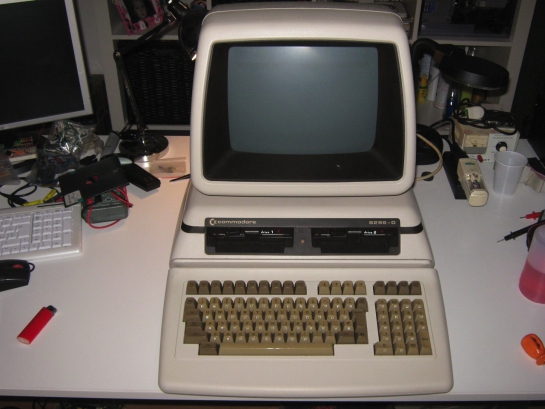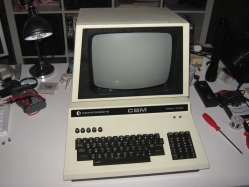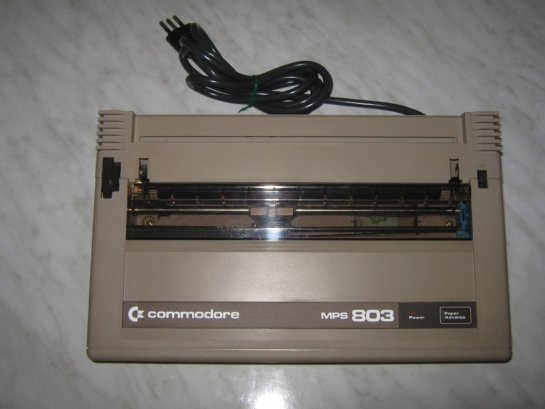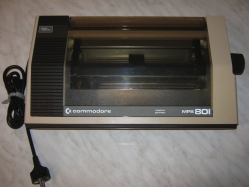Turbo Chameleon 64 beta firmware 8b released
 Turbo Chameleon 64 is an extremely user-friendly cartridge that can be used without opening the computer. It is just plugged to the expansion port of the C64.
Turbo Chameleon 64 is an extremely user-friendly cartridge that can be used without opening the computer. It is just plugged to the expansion port of the C64.
The Turbo Chameleon 64 cartridge can also be operated as a stand-alone unit (since it’s basically an FPGA computer like the C-One or the Minimig in a C64 cartridge case), replacing the computer, the floppy drive and the heavy power supply.
When used as a stand-alone unit, a USB power adapter or active USB hub can be used as a power source.
Changelog:
- New VGA controller with new modes and VIC-II sync.
- Tripple buffering mode added for properly displaying IFLI pictures.
- Scale-2x video scaling algorithm added.
- Scanline emulation added.
- In cartridge mode real CIAs registers and interrupts are used (allows use of a modem).
- In cartridge mode real VIC-II registers and interrupts are used (allows use of a lightpen).
- Fixed I/O assignments for FPGA (lower power use).
- Lowlevel SD-card functions now use multiple block reads if possible, which increases linear reading speed by about 40 to 50% (most noticeable on large files, such as REU images)
- BUGFIX: fixed error handling and timeouts of the IEC routines, which makes all related operations more robust.
- BUGFIX: added missing timeouts to SD-card functions.
- Joystick port 1 now also works for navigating the menus.
- BUGFIX: on some C64s pressing shift would result in phantom keypresses (F1/F2) under some conditions.
- NEW: various new VGA modes and other options for the new VGA controller (see manual)
- Improved loading speed of file inside T64 images.
- Improved keyboard handling to make the browser a bit snappier.
- BUGFIX: the size of the character ROM saved by the ROM saver was incorrect.
- BUGFIX: .wav player stops at the end of the file and does not continue playing garbage.
- BUGFIX: files bigger than 2k are displayed correctly by the .txt viewer.
- BUGFIX: when copying files out of a t64 image the resulting file was missing the last two bytes and/or the last block was missing completely.
- BUGFIX: filecopy from/to a IEC device did incorrectly abort after 1 block.
- BUGFIX: filecopy filename character set conversion was broken.
- BUGFIX: AR/RR ROM was not correctly disabled when autostarting programs from the filebrowser with AR/RR enabled as default cartridge.
- NEW: added DOS wedge command (see manual)
- NEW: added load and save commands (see manual)
Download: Chameleon 64 beta firmware 8b (1700)
source: beta.icomp.de



































 This is a new ZoomFloppy package v2.0 that include a new release of OpenCBM and the ZoomFloppy Firmware v0.7.
This is a new ZoomFloppy package v2.0 that include a new release of OpenCBM and the ZoomFloppy Firmware v0.7.



















































Recent Comments